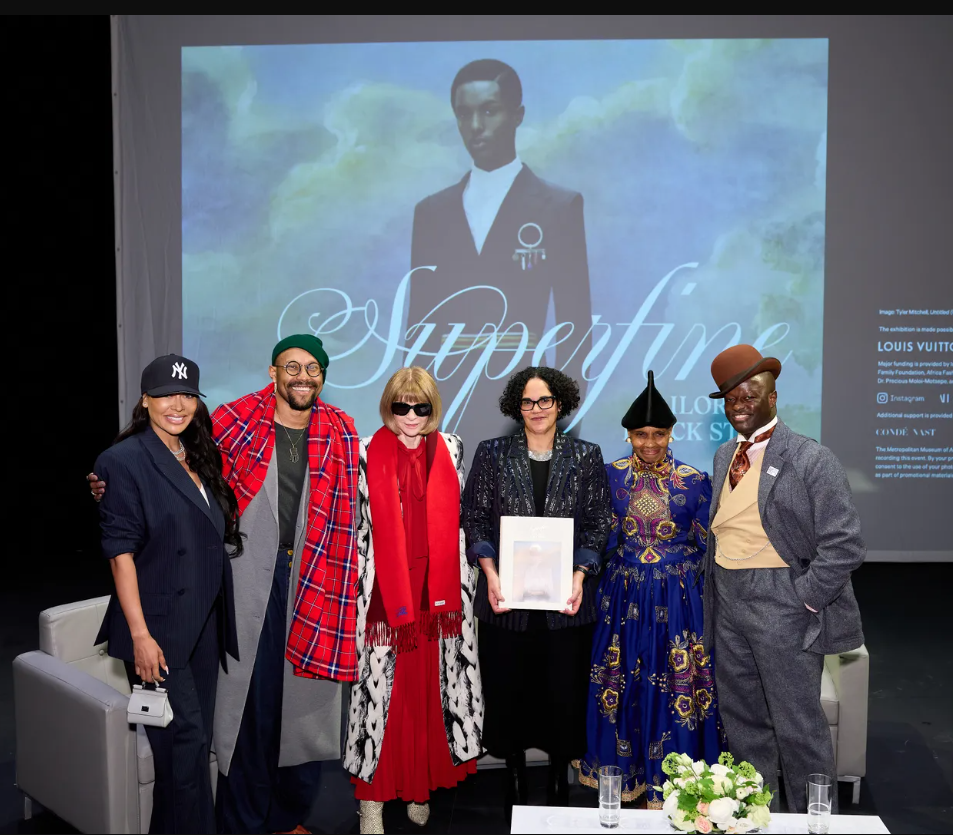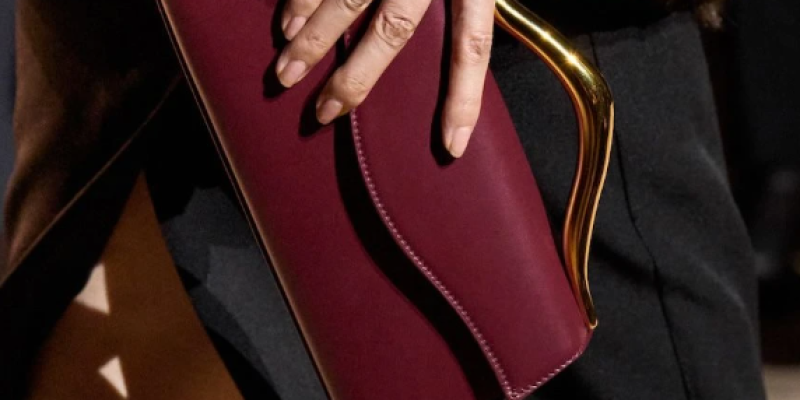
An intimate panel hosted by The Metropolitan Museum of Art celebrates the cultural and stylistic power of Harlem, setting the stage for the Costume Institute’s spring exhibition, Superfine: Tailoring Black Style.
As New York buzzes with anticipation for the 2025 Met Gala, a prelude to the prestigious event unfolded at The Apollo Stages on a brisk April evening. The Metropolitan Museum of Art hosted a powerful panel discussion spotlighting Harlem’s profound influence on Black fashion, creativity, and cultural identity.
Inside the Victoria Theater—part of the recently modernized Apollo complex—style icons, cultural historians, and creatives gathered to explore Harlem’s historic and contemporary significance in shaping sartorial excellence. Moderated by Dr. Monica L. Miller, professor and chair of Africana Studies at Barnard College and guest curator of the upcoming Superfine: Tailoring Black Style exhibition, the discussion set a reflective and celebratory tone.
“Harlem is a creative portal,” said Miller, opening the evening with insights into the exhibit’s central theme: Black dandyism. Her presentation included visuals of garments by contemporary Black designers, such as Tremaine Emory’s 19th-century-inspired Harlequin overcoat and pants, as well as a striking vintage portrait of Frederick Douglass, captured in impeccable tailoring.
Joining Miller were esteemed panelists Jonathan McCrory, executive artistic director of the National Black Theatre; fashion historian and icon Lana Turner; and jazz bandleader Dandy Wellington. Their dialogue unpacked the symbolism behind style, the legacy of self-expression, and how Harlem remains an epicenter for Black artistry.
McCrory’s poetic assertion that Black male dandyism mirrors a caterpillar’s transformation into a butterfly drew enthusiastic applause. “Our clothing allows us to be radically soft in a brittle world,” he added, framing style as a form of resilience and rebirth.
Lana Turner painted a vivid picture of mid-century Harlem, recalling her parents’ Sunday best and her father’s dashing style—complete with Stetson hats and polished shoes. “He was a chauffeur, but he dressed like an executive,” she said. “There’s always aspiration.”
Dandy Wellington reflected on the ingenuity of Black fashion as an act of resistance and reinvention: “We remix, sample, and transform fashion. My style is an echo of the past, and a portal to the future.”
The evening concluded with a Q&A, as guests expressed eagerness for the upcoming Met exhibition. “I want to see what dandyism looked like through the ages,” said Rachel Francois, an attendee inspired by the conversation and the cultural depth on display.
As guests stepped out under the glowing Apollo marquee, Harlem’s timeless elegance echoed into the night. For Dr. Miller, the moment was deeply personal: “I feel honored. I never imagined a book I wrote 15 years ago would become this living, breathing experience. I hope we’ve done the community proud.”
With Superfine: Tailoring Black Style poised to take center stage at the Met Gala, one thing is certain—Harlem’s legacy is stitched into every thread of fashion’s future.
Veja Também:
Artigos Relacionados


